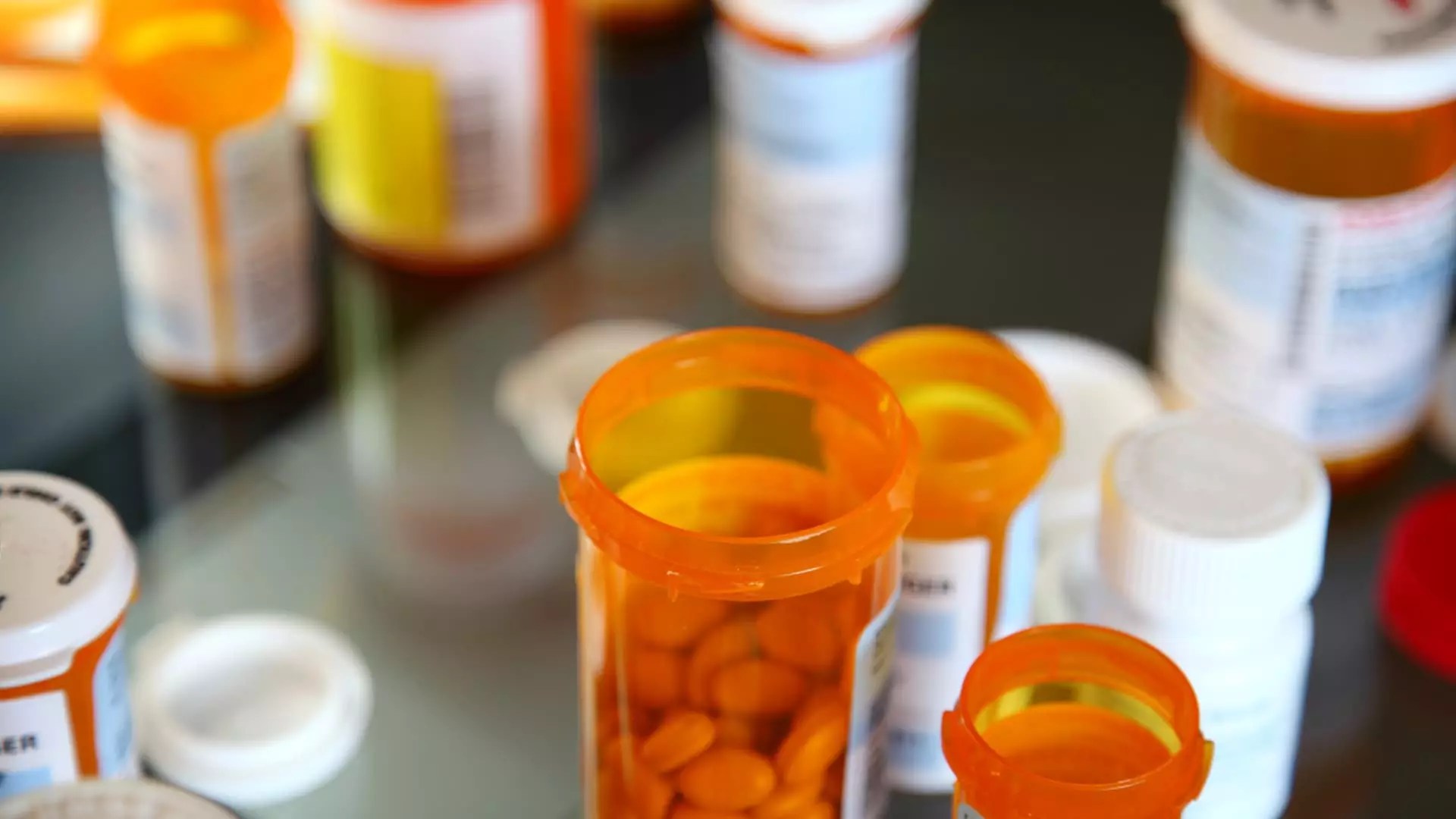The imposition of steep tariffs by the Trump administration on imports from Canada, Mexico, and China has raised serious concerns among healthcare experts, trade groups, and the public alike. The proposed tariffs, which include a 25% tax on goods from North America and a 10% charge on Chinese imports, are positioned as measures to combat illegal immigration and the opioid crisis, stemming from the flow of fentanyl. However, these tariffs threaten to exacerbate existing challenges within the U.S. healthcare system, particularly concerning the availability of essential medications and the economic viability of generic drug manufacturers.
As the United States grapples with an unprecedented shortage of critical medications — from life-saving cancer therapies to commonly used generic drugs — the introduction of tariffs on pharmaceutical imports could create a perfect storm. Experts assert that the U.S. relies heavily on foreign countries for the supply of pharmaceuticals. In fact, generics account for about 90% of all prescriptions filled in the country. Thus, any increase in the cost of imported pharmaceutical ingredients or finished products directly jeopardizes patients’ access to affordable healthcare options.
Notably, China is a pivotal supplier of active pharmaceutical ingredients (APIs), which are vital for both generics and brand-name drugs. The introduction of tariffs will inadvertently raise production costs, making it difficult for generic manufacturers, many of whom operate on razor-thin profit margins, to remain competitive in an already challenging market. The Association for Accessible Medicines has highlighted that many manufacturers are already selling products at a loss, and the additional burden of tariffs may force them to exit the market entirely.
The ripple effects of these tariffs could be felt acutely by consumers, particularly those reliant on Medicare and Medicaid. Healthcare Distribution Alliance, representing 40 drug distributors, warned of an inevitable rise in drug costs, which will be passed onto patients. Such increases come at a time when many Americans are already struggling with the exorbitant price of prescription medications. Furthermore, the potential for worsened drug shortages poses a significant risk for patients requiring ongoing treatments, leading to what some experts fear could be life-threatening consequences.
The implications of tariffs extend beyond just pharmaceuticals; they also encompass a vast array of healthcare supplies. Hospitals that rely on imported goods for everyday operations — from syringes to surgical instruments — may face increased procurement costs, which could further strain budgets already stretched thin by existing financial pressures.
Industry leaders have issued urgent pleas to the Trump administration to reconsider the inclusion of pharmaceuticals and medical supplies in proposed tariffs. The potential outcomes of these tariffs include not only increased costs but also a detrimental impact on the robustness of the pharmaceutical supply chain. John Murphy, CEO of the Association for Accessible Medicines, has called for the exemption of generics from tariffs, asserting that failing to do so could lead to increased drug shortages.
This sentiment is echoed by other trade associations, such as AdvaMed, which advocates for the medical device industry. They have cautioned that tariffs could result in higher prices for patients, restricted access to medical technologies, and decreased investment in research and development. These scenarios threaten the healthcare infrastructure at large and signal a critical need for policymakers to consider the broader implications of their actions.
As the global landscape for pharmaceuticals and medical devices continues to evolve, effective trade policy must prioritize the well-being of American patients while also addressing legitimate concerns regarding unfair international practices. The Pharmaceutical Research and Manufacturers of America has emphasized the need for a balanced approach that fosters innovation while safeguarding public health interests.
Ultimately, the introduction of tariffs on drug supplies is fraught with complications, warranting thorough evaluation and open dialogue among stakeholders. As we navigate the complexities of globalization and trade, it is vital that the health needs of citizens remain at the forefront of these discussions, ensuring access to necessary treatments and safeguarding the financial stability of healthcare providers and manufacturers alike.
The proposed tariffs bring forth a myriad of challenges that cannot be overlooked. As the nation confronts issues of drug affordability and availability, it is imperative for decision-makers to approach trade policy with a lens focused on healthcare outcomes, ensuring that the most vulnerable populations are not disproportionately affected.


Leave a Reply